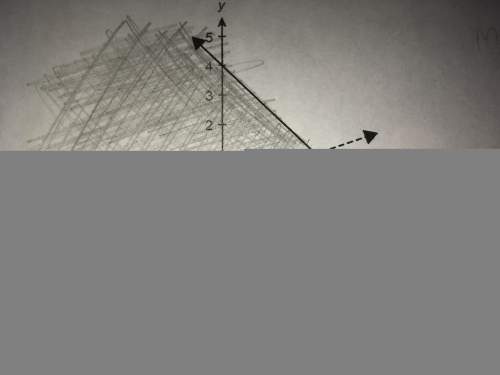
Mathematics, 29.07.2019 20:10 aisha82
Let θ be a bernoulli random variable that indicates which one of two hypotheses is true, and let p(θ=1)=p. under the hypothesis θ=0, the random variable x is uniformly distributed over the interval [0,1]. under the alternative hypothesis θ=1, the pdf of x is given byfx∣θ(x∣1)={2x,0, if 0≤x≤1, otherwise. consider the map rule for deciding between the two hypotheses, given that x=x. suppose for this part of the problem that p=3/5. the map rule can choose in favor of the hypothesis θ=1 if and only if x≥c1. find the value of c1.

Answers: 3


Another question on Mathematics

Mathematics, 21.06.2019 20:30
Elizabeth claims that the fourth root of 2 can be expressed as 2^m since (2^m)^n = 2. find the values of m and n for the case where elizabeth's claim is true.
Answers: 3

Mathematics, 21.06.2019 20:30
The function v(r)=4/3pir^3 can be used to find the volume of air inside a basketball given its radius. what does v(r) represent
Answers: 1

Mathematics, 21.06.2019 21:30
Vanessa earns a base salary of $400.00 every week with an additional5% commission on everything she sells. vanessa sold $1650.00 worth of items last week.
Answers: 2

You know the right answer?
Let θ be a bernoulli random variable that indicates which one of two hypotheses is true, and let p(θ...
Questions










History, 25.03.2021 22:50

Mathematics, 25.03.2021 22:50


Mathematics, 25.03.2021 22:50

Spanish, 25.03.2021 22:50

Mathematics, 25.03.2021 22:50



Mathematics, 25.03.2021 22:50

English, 25.03.2021 22:50




